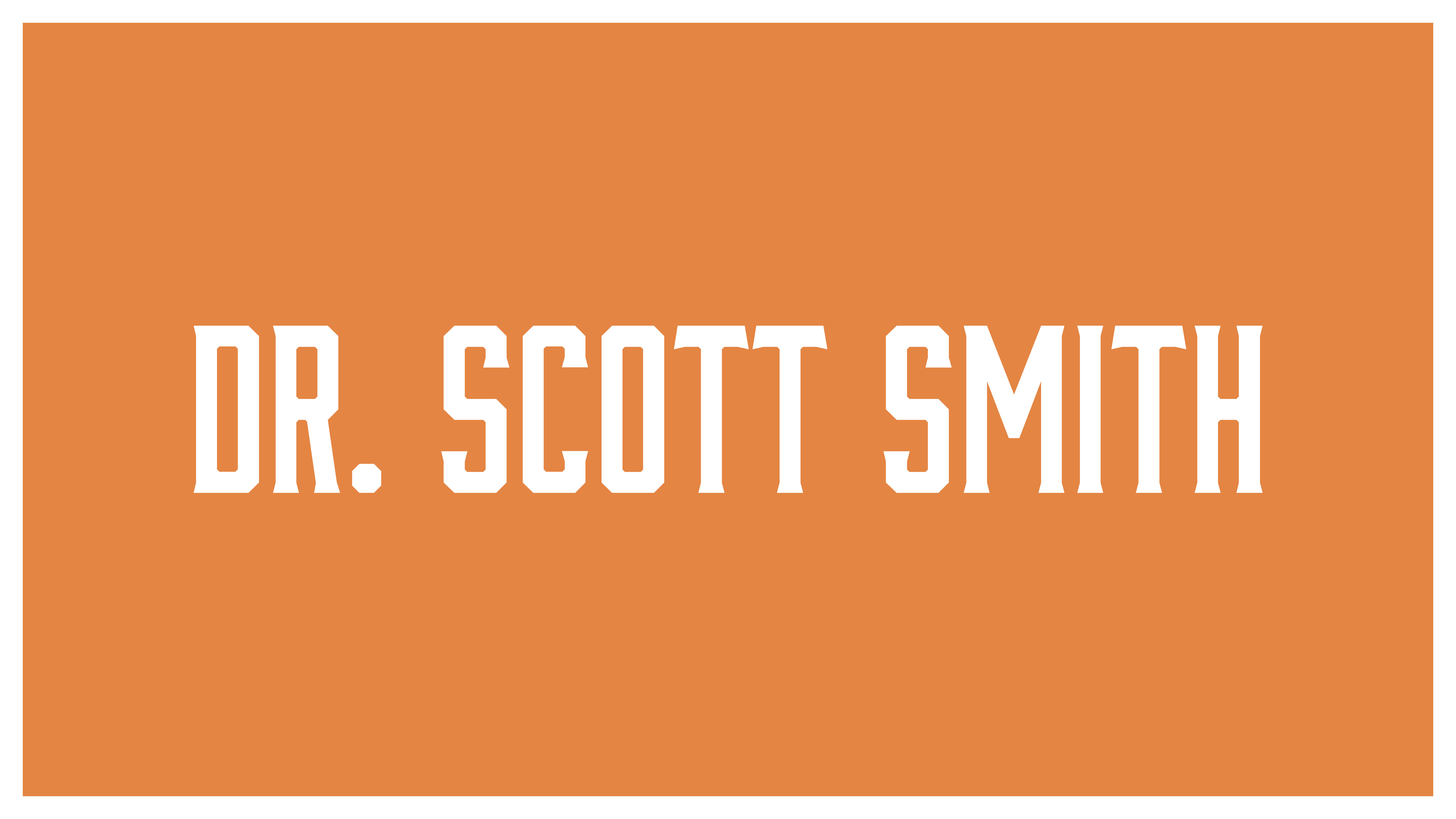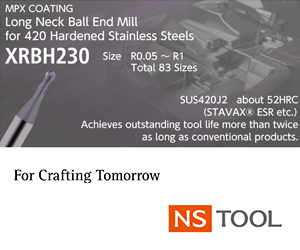Calculate
Featured Authors
Below, you’ll find a selection of articles valuable for learning, referencing, and working with equations and formulas. Articles featuring a  include simple calculators integrated within the text for easy calculations.
include simple calculators integrated within the text for easy calculations.
Calculated forces when turning
The cutting force when turning is a resultant force that combines tangential, feed and radial force components. These force components can be measured with a three-component force dynamometer. Metalcutting professionals consider Kistler dynamometers the most accurate.

Reaping benefits of radial chip thinning
By: David Conigliaro
The well-established concept of radial chip thinning (RCT) provides compelling productivity-enhancing benefits, but is still not widely applied.
Understanding cutting equations
By: Christopher Tate
The Shop Technology column in the July 2014 issue of Cutting Tool Engineering magazine covers the importance of understanding cutting equations to gain production efficiency.

Understanding tapered spindle connections
By: Dr. Scott Smith
The Machine Technology column in the December 2014 issue of Cutting Tool Engineering discusses the essentials of tapered spindle connections.
Applying flame straightening
By: Tom Lipton
Shop Operations columnist Tom Lipton addresses flame straightening corrections in the May 2015 issue of Cutting Tool Engineering magazine.
Constant chip load machining
By: Steve Kidd
A Seattle shop reaps the benefits of constant chip load machining, according to the October Get With The Program column in Cutting Tool Engineering magazine.
Aluminum can be hard to drill, despite its easy rep
When drilling, perhaps no variable is as important as the workpiece material. It dictates drill geometry and substrate, tool coating, coolant application, and speeds and feeds. While known for its relative softness and ductility, misconceptions abound among those who regularly drill aluminum.
Indexable Inserts: Comprehensive Guide to Shapes, Tolerances, and Kennametal Systems
Explore our in-depth guide on indexable inserts, detailing ANSI shapes, tolerances, and Kennametal chip breaker systems. Access updated charts and expert insights for tooling excellence.

Coefficient of linear thermal expansion
Dr. Scott Smith, who writes the Machine Technology column for Cutting Tool Engineering magazine, covers some practical steps to improve accuracy and reduce scrap.

Thread milling, simplified
By: Susan Woods
Thread milling may seem exotic, but any shop can do it.
Threading on the manual lathe
By: Tom Lipton
Shop Operations columnist Tom Lipton shares a few tricks for cutting threads on a manual lathe.
Starter kit
Some holemaking technologies have eliminated the need for spot drills, but they're still useful when the ‘perfect' hole is required.
Spindle power and torque limitations
Machine Technology columnist Dr. Scott Smith discusses the constraints related to the selection of machining parameters in the May 2012 issue of Cutting Tool Engineering.
Understanding tangential cutting force when milling
The tangential cutting force and the cutting speed allow you to calculate the required machining power for an operation.

Defining workholding setups
By: Joe Mason
Workholding involves much more than slapping a part in a vise or chuck and pushing the cycle-start button, according to the Workholding column in the April 2012 issue of Cutting Tool Engineering magazine.
Cutting Time for Facing
Comparison between calculating cutting time when facing at a constant cutting speed vs. a constant rpm.

Shop math: Practice makes perfect
Shop Operations column for the August 2010 issue of Cutting Tool Engineering.

New mill
A new concept of calculating the required machining power when milling.

Getting reaming right
By: Alan Richter
Appropriate scenarios for applying a reamer when finishing holes.
Single-point thread programming can be fun and easy
By: Kip Hanson
Before CNC lathes, single-point threading was a pain in the neck. Fast reflexes were needed to engage an engine lathe’s lead-screw dial at precisely the right time and disengage it before crashing into the shoulder. Around the time of the U.S. Bicentennial celebration, tape-operated lathes made all of this headache obsolete. No more fooling with clumsy gearboxes or levers. You simply programmed where you wanted the tool to go and the machine control took care of the rest.
Multiple methods are available for deburring holes
By: Dan Ewing
Burrs present a hazard to those who handle parts during and after the manufacturing process. The deburring method can have a major impact on cycle time, cost, quality and customer satisfaction.
Which is better: dry or wet machining?
By: Andrei Petrilin
Throughout the sometimes-contentious world of machining, the debate rages about whether to apply flood coolant or cut dry. As in many areas of machining, the choice is not easy and requires careful and informed consideration. To further complicate the decision, minimum-quantity lubrication (MQL) can be a successful compromise that provides an efficient and effective answer to the troublesome question.
Basics of centerless grinding
By: Kip Hanson
For those “making chips” every day, centerless grinding may seem mysterious, but it’s a fairly straightforward process. This article will discuss how it works, where and when it should be used, and offer advice on how to apply this well-established technology.
Thrufeed centerless OD grinding: Parameter relationships and troubleshooting
On many work parts, the outside diameter (OD) needs to be highly accurate. Tight tolerances are required for OD size, roundness, high and low frequency lobe patterns and taper. Thrufeed centerless OD grinding can achieve precise part quality at an economical processing cost.
Honing: What It Is, How It Works, and Key Applications in Precision Machining
By: Christopher Tate
Discover the precision and versatility of honing—a machining process ideal for finishing cylinders, correcting bore geometry, and enhancing gear performance. Learn how honing works, its benefits, and key applications in modern manufacturing.

Understanding relationship between air pressure and flow
By: Steve Bruno
“Pressure” and “flow” are common terms when discussing air compressors, but the relationship between the two is often misunderstood.
Chamfers and countersinks halt burr formation
By: Marlon Blandon
The vast majority of threaded holes require some type of chamfer or countersink, which makes it one of the most common machining operations, and, more to the point, one that usually can be improved.
Flat stones for fine finishing
By: Tom Lipton
Abrasive stones commonly found in machine shops are fine for run-of-the-mill deburring and abrading, but absolutely not suitable for precision stoning. For that, you need a pair of carefully prepared, precision-ground flat stones.
Know What You're Tapping
By: David Miskinis
Traditional tap/drill charts recommend drill diameters for each size of tapped hole. But, according to this article, these recommendations are based on the size holes that were typically produced by less-accurate tools and processes used in the past. This article suggests guidelines for producing holes that will, in turn, produce correctly sized tapped holes.
Tapping the Deep Hole
By: Lee Carroll
Tapping holes 1 1/2 times the tap diameter or deeper requires greater care than other tap operations. This article discusses the chip evacuation problems that can make deep-hole tapping a challenge and the tap geometries and flute designs that can tap these holes successfully.
Math matters
By: Christopher Tate
Technology has not removed the need to master calculations.
Boring: Calculating deflection
Eliminating chatter, especially when boring deep holes, is one of the greatest machining challenges.

What is a Collet? Types, Uses, and Design Explained
By: William Leventon
Discover the essential guide to collets: what they are, how they work, their types, and maintenance. Learn about collet applications, advantages, and comparisons to other toolholding systems.

What is a Joule? The History and Applications of Joules, Watts, and Coulombs
Learn about the origin, definition, and practical applications of the Joule, a key energy unit in physics and engineering.

Turning the hard way
By: Holly B. Martin
What is takes to turn the hardest metals.
Seven ways to avoid breaking taps
By: Bob Warfield
Every machinist hates breaking taps. It’s a real pain to extract a broken tap without damaging the part. But there are ways to reduce the number of broken taps shops have to deal with.
Case hardening do-it-yourself
By: Brandt Taylor
How to case-harden steel inexpensively and quickly using an acetylene torch.
Toolholding tips
By: Christopher Tate
Experience is the best teacher.
Overhanging wheels, making your wheel ‘act harder’
Learn why The Grinding Doc is a fan of downfeeding on the workpiece and the meaning of an old adage.
Comprehensive Threading Calculators: RPM, Feed Rate, Thread Milling, Cutting, and Rolling
Efficient and accurate threading is essential in machining, whether you’re performing internal or external threading. Here, you'll find a complete set of threading calculators designed for machinists and engineers, covering threading RPM, pitch, feed rate, milling, cutting speed, and thread rolling diameter calculations. Use these tools to streamline setup and achieve precise, high-quality threads on any material. Each calculator includes formulas for clarity and to ensure accuracy in different threading operations.

Machining Calculators: Speeds, Feeds, and More for Optimal CNC Operations
Optimize your CNC machining and milling operations with our suite of free, interactive calculators designed to improve productivity and precision. This collection includes calculators for determining cutting speed, feed rate, spindle speed, and material removal rate (MRR). Whether working with steel, aluminum, or other materials, these tools help machinists and engineers achieve the ideal speeds and feeds for turning, milling, and drilling applications. By calculating precise parameters, you can extend tool life, improve surface finish, and enhance efficiency in every operation. Each calculator is specifically tailored to key aspects of machining, providing essential insights into chip load, RPM, and metal removal to ensure safe and effective cutting conditions.

Ask The Grinding Doc
Dr. Jeffrey Badger, the author of Cutting Tool Engineering magazine's Ask the Grinding Doc column, explains what the shop should do to stop the pain. Visit The Grinding Doc website for more advice from Dr. Jeffrey Badger at http://www.thegrindingdoc.com.
Dr. Jeffrey Badger, the author of Cutting Tool Engineering magazine's Ask the Grinding Doc column, explains what the shop should do to stop the pain. Visit The Grinding Doc website for more advice from Dr. Jeffrey Badger at http://www.thegrindingdoc.com.

CNC Chef
Dive into the world of CNC machining with Bob Warfield, the expert behind CNCCookbook.com and G-Wizard software. This video series, hosted by Cutting Tool Engineering, explores practical machining solutions, including tackling tool deflection, avoiding tool rubbing, mastering micromachining, and optimizing coolant use. Whether you're a seasoned machinist or just starting, these episodes offer actionable insights to enhance your skills and solve common machining challenges.
Dive into the world of CNC machining with Bob Warfield, the expert behind CNCCookbook.com and G-Wizard software. This video series, hosted by Cutting Tool Engineering, explores practical machining solutions, including tackling tool deflection, avoiding tool rubbing, mastering micromachining, and optimizing coolant use. Whether you're a seasoned machinist or just starting, these episodes offer actionable insights to enhance your skills and solve common machining challenges.













